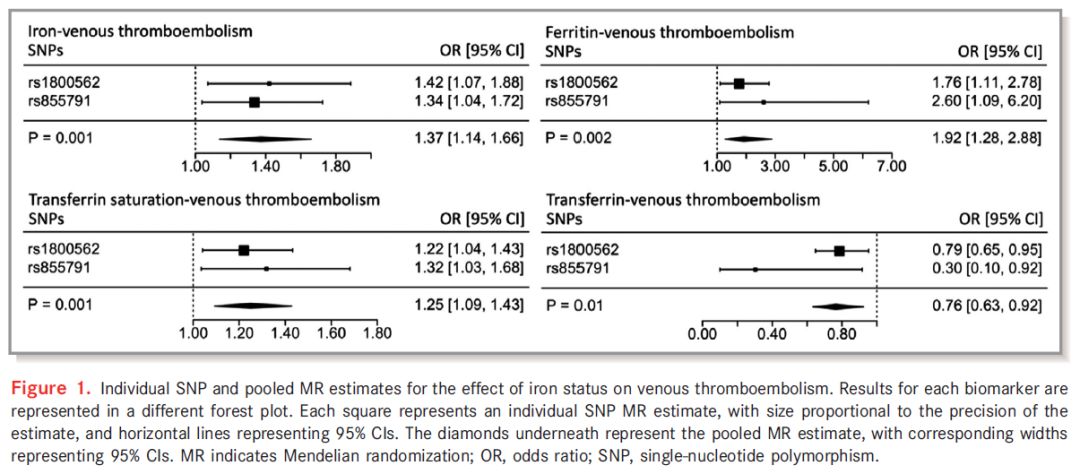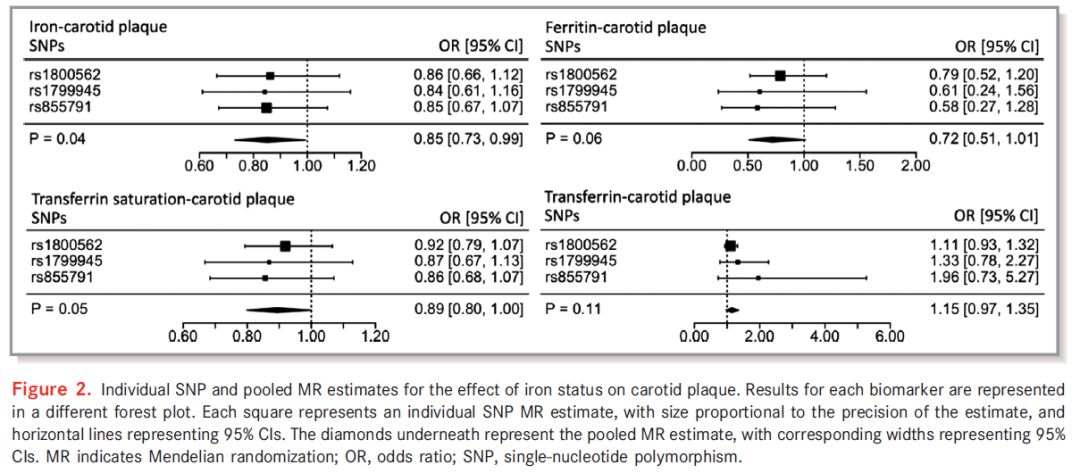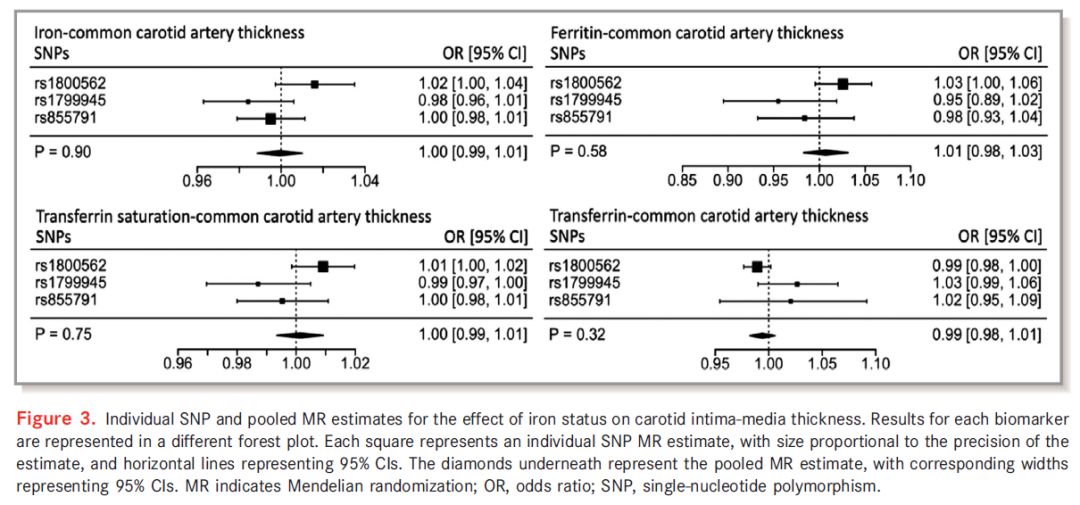
Scientists helped reveal the protective and potentially harmful effects of iron on the human body.
An international team of scientists led by Imperial College London explored the role of iron in more than 900 diseases in the early stages of a series of studies on the genetic data of more than 500,000 people.
The results of the study show that naturally elevated iron content not only reduces the risk of high cholesterol levels, but also reduces the risk of arteries becoming rough due to the accumulation of fatty substances.
However, this research funded by the Wellcome Trust Fund also revealed potential risks associated with natural high iron content. These symptoms include a high risk of blood clots due to slow blood flow (a common cause of stroke) and a higher risk of bacterial skin infections.
Dr. Dipender Gill is the lead author of this study at the Imperial College of Public Health. He said: "Iron is an important mineral in the human body and is necessary for the body to carry oxygen. However, ingesting the right amount of iron in the body is a kind of Well balanced-too little can cause anemia, but too much can cause a series of problems, including liver damage."
Dr. Gill warned that this study only looked at the naturally occurring iron content in the body related to genetic variation between individuals, and did not study the effects of taking iron supplements. He reminded anyone to talk to their doctor before starting or stopping iron supplementation.

In this study, the research team used a genetic technique called Mendelian randomization to study the relationship between iron content and disease risk. In the process, they screened genetic "variations" related to natural high-speed rail from the genetic data of thousands of people. They then investigated whether people who carried these mutations, single nucleotide polymorphisms, also had higher or lower risk of disease, such as high cholesterol and atherosclerosis.
The results of this study were published in the American Heart Association and "PLOS Medicine" magazines, revealing that natural high iron levels are associated with lowering the risk of high cholesterol and atherosclerosis.

Atherosclerosis is a potentially serious disease in which arteries are blocked by fatty substances. This reduces blood flow in the arteries, and in some cases can cause blockages to the brain (trigger stroke) or heart (trigger heart attack).
However, further findings from the same study complicate the situation, suggesting that high iron levels may be associated with the risk of thrombosis associated with slow blood flow, which may increase the risk of certain types of stroke and deep vein thrombosis.

In addition to this, studies have shown that higher iron levels may also be associated with an increased risk of bacterial skin infections.
That is how the matter?
Dr. Gill said these findings now need to be studied in patient trials. He explained: “These studies reveal new research avenues and raise many questions. We are not yet clear how iron affects cholesterol levels, narrows arteries and forms blood clots, but we have our own ideas. One possibility is low cholesterol Levels may be related to reducing the risk of arterial hairs. In addition, when blood flow is reduced, higher iron content may cause blood clots, which may explain the possibility of increased blood clots."
He added that previous research suggests that iron may also play a role in bacterial replication and virulence, which may be related to an increased risk of skin infections.
References: Dipender Gill, Christopher F. Brewer, Grace Monori, David‐Alexandre Trégouët, Nora Franceschini, Claudia Giambartolomei, Ioanna Tzoulaki, Abbas Dehghan. Effects of Genetically Determined Iron Status on Risk of Venous Thromboembolism and Carotid Atherosclerotic Disease: A Mendelian Randomization Study. Journal of the American Heart Association, 2019; 8 (15) DOI: 10.1161/JAHA.119.012994 (IF=4.66)